Eastern White Cedar (Thuja occidentalis)
The white cedar has a native range from southeastern Canada, to northeastern United States, and parts of the upper Midwest.
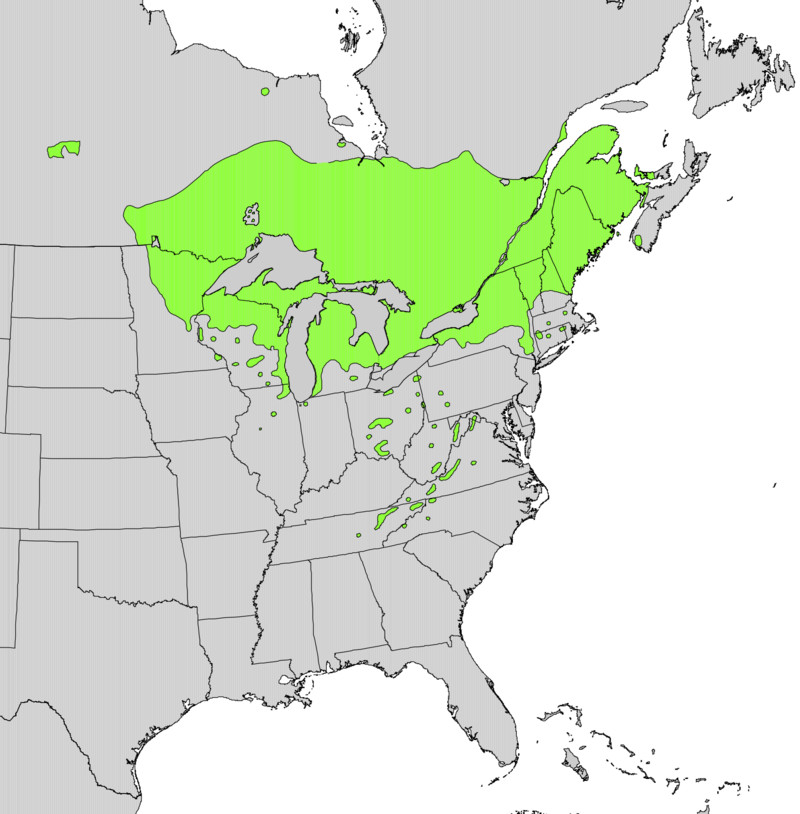
Distribution of White Cedar from USGS (“Atlas of United States Trees” by Elbert L, Little Jr.) The eastern white cedar is a coniferous evergreen tree that remains green year-round and has needle or scalelike leaves with true cones. The white cedar is also referred to as Arborvitae, meaning “tree of life.” This name came from a French explorer that used the leaves and bark to treat scurvy under the recommendation of Native Americans.
http://www.borealforest.org/trees/tree14.htm
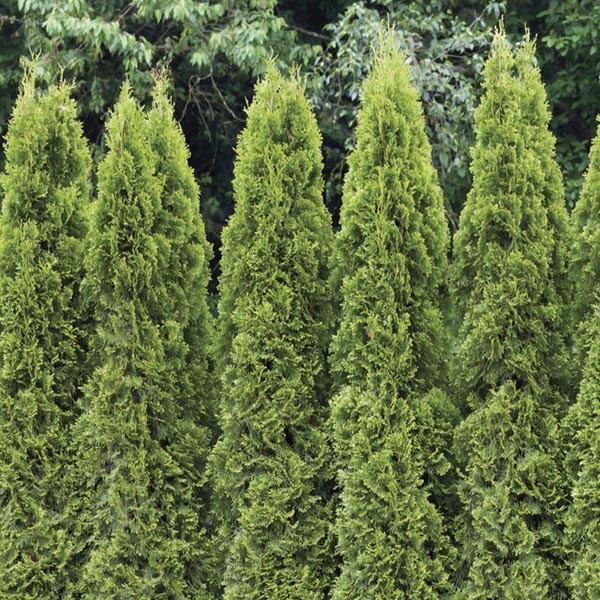
https://www.mygardenlife.com/plant-library/4958/thuja/occidentalis/brabant
This tree has a slow growth rate and reaches heights of 30-40 feet at maturity, occurring at about 20-30 years of age. The eastern white cedar has opposite leaves that are scale-like in structure and are a vibrant green color. Its leaves are often enjoyed as a food source for white-tailed deer.
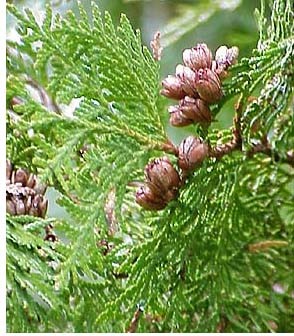
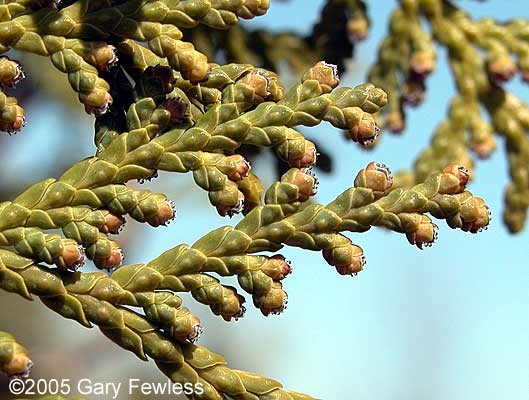
http://www.borealforest.org/trees/tree14.htm
http://www.uwgb.edu/BIODIVERSITY/herbarium/gymnosperms/thuocc01.htm
This tree is monoecious meaning that it has both male and female flowers on the same tree, but the flowers are usually on separate twigs. The male flowers are small and yellow and grow from the base of the shoot while the female flowers are more of a pink color and appear at the end of branches. When mature the female flower develop into cones and become a dark brown with an oblong shape. The scales of the cone hold seeds with two wings that are dropped after they have matured for a year. The mature female cone is depicted in the image above. The flowering of this tree occurs in the springtime around mid-april. The bark is a grayish-brown color that includes shallow, parallel ridges that grow looser as the tree matures.
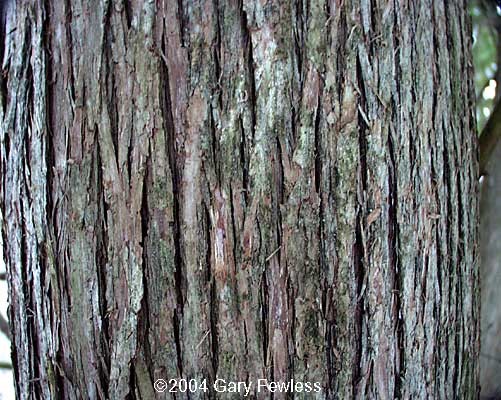
http://www.uwgb.edu/BIODIVERSITY/herbarium/gymnosperms/thuocc01.htm
The eastern white cedar is one of the four medicinal plants of the Dakota and other tribes that inhabited the plains. The other three are sage, tobacco, and sweetgrass. All these plants have significant practical uses as well as tremendous spiritual significance. The Dakota believe that the thunderbird, a mythical creature that symbolizes power and strength, lived in cedar trees in the western mountains, making lightning avoid the white cedar. The legend of the Thunderbird is common across many Native American tribes, holding different meanings for certain groups. The Ojibwe believe that the Thunderbird punishes humans that contradicted their moral code, while the Dakota Sioux believe that the Thunderbird protected humans from other monsters. In light of these beliefs, cedar was put on the poles of tipi to ward of lightning. Cedar leaves would be used in cooking in a variety of manners. They could be used fresh or dry as an herbal seasoning, and tea could be made from the needles. The twigs are often used as the stick that sage is attached to, helping to rid a person or space of sadness or negative energy.
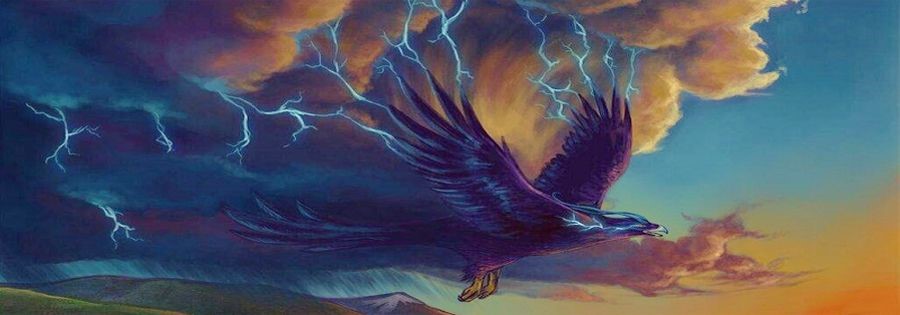
The Thunderbird of Native Americans
